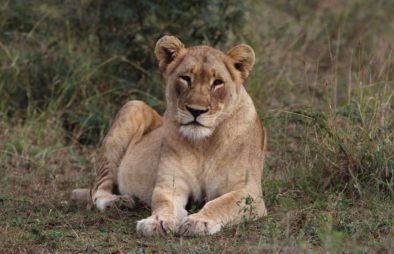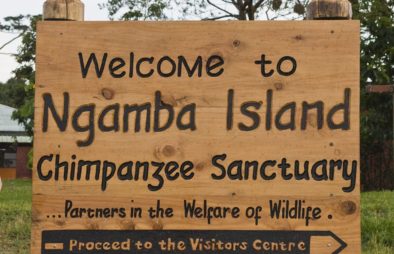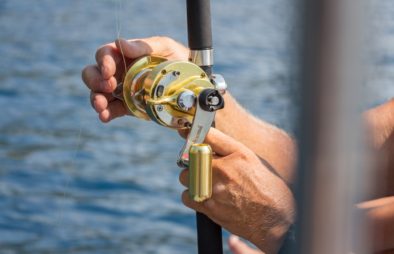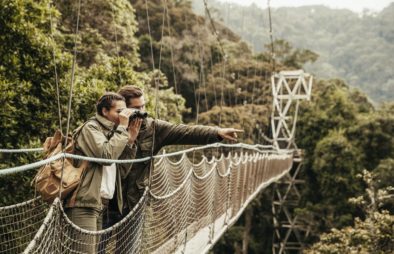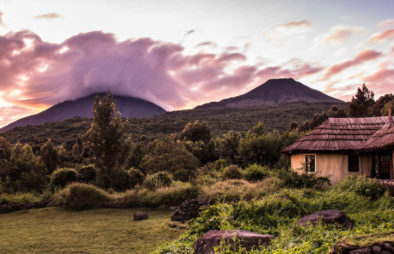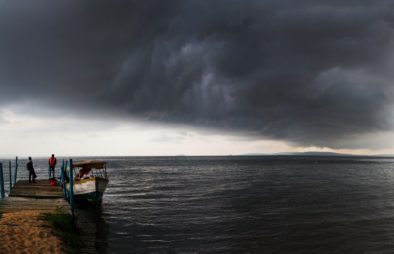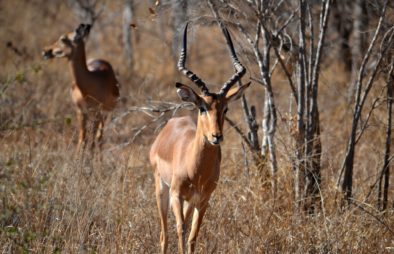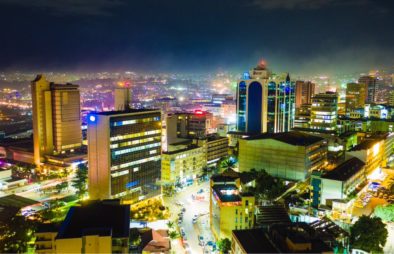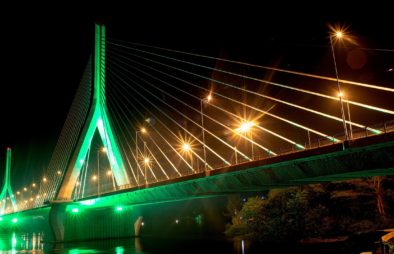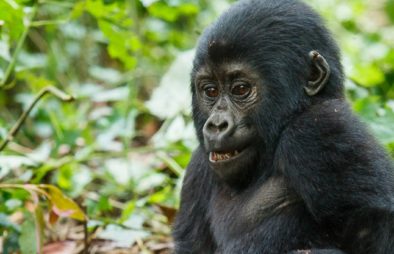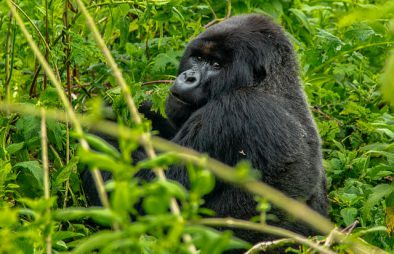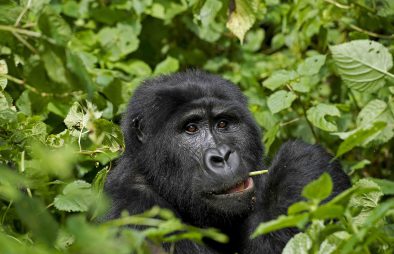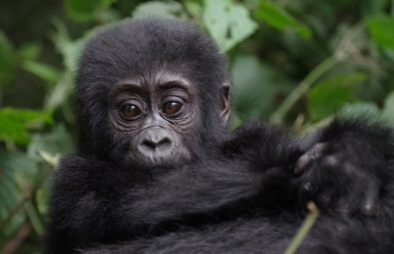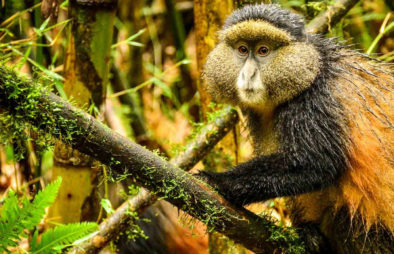Murchison Falls National Park
Murchison falls National Park sits in the northwestern region of Uganda. It is one of Uganda’s top safari destinations that one would not wish to miss while paying a visit to the country. Murchison falls NP is famous for the paara boat stretch to the bottom of the falls and Murchison falls; a point where the Victoria Nile River surges via a narrow gap over a massive drop to create the world’s powerful falls.
Murchison falls National Park is blessed with a number of animals such as elephants, chimpanzees and hippopotamuses; birds like the less common shoebill storks of the Albertine delta, to mention but a few. You must enjoy watching chimpanzees making life in the Kaniyo Padibi forest in addition to engaging in game fishing at the Cascades of the park.
About the park.
The park is located at the north end of the Albertine rift valley. It is also bisected by the Victoria Nile for one hundred (100) kilometers as the river flows westwards to Albert Nile from the magnificent Karuma falls.
Murchison Falls National Park was established in 1952 at a 3,860 Sq. Km area rendering it the largest protected area in the country. The area of the park was increased to over 5000km after the addition of Bugungu and Karuma wildlife reserves.
The thunderous Murchison falls make the highlight attraction of this park, in addition to teeming populations of hippos and schools of hippos on the shores of placid Victoria Nile, while making its way to Lake Albert. An afternoon boat cruise will undoubtedly bring you closer to all these magical sightings plus various mammals and birds which come down to the river to sand bathe and quench their thirst.
It is at the top of water falls that you can view these magnificent falls as you enjoy the sight and the noise produced by overflowing waters from a distance of about six meters. This is a breath-taking experience that can never leave your nervous system unblessed.
Reaching these falls is made possible by either using a motor vehicle by driving through the southern route. You can choose to have a delicious lunch at the Fajao gorge before starting your journey to the falls.
What to do and see in Murchison falls National park.
- Budongo Forest
Located on the southern part of Murchison Falls NP is the thick home of mahogany trees and chimpanzees known as Budongo forest. The forest is under protection of Budongo and Kaniyo Pabidi forest reserves. Budongo forest covers an area worth 790 square kilometers and is a home to more than four hundred sixty five plant species, over two hundred fifty butterfly species and a good number of mammals. It is also known for having the most number of chimpanzees in Uganda (about 800 individuals.
In addition to chimpanzees, Budongo has numerous species of primates like black and white Colobus and blue monkeys. We cannot fail to talk about the 366 bird species while talking of Budongo forest, something that makes it a target area for visitors passionate about birding
Birding is one of the most precious activities available in Murchison Falls National Park. Here is an opportunity for you to watch as many birds as you can, including those that prefer areas near the river. Birds in this park include; the red-throated bee-eaters that prefer nesting in a river cliff especially near Paraa, shoebill stork, whale-headed stork.
It is only the lucky that can see the elusive shoebill stork while on a Paraa boat cruise; however, best opportunities of seeing these giants are presented to those who walk to the papyrus delta of Victoria Nile and Mabamba swamp.
- The mighty Murchison Falls.
The Albertine Rift wall shoulders its way inland from L. Albert and enters Murchison Falls NP at the northern side of Butiaba where the park expands and then disappears all together before concluding with a final exclamation mark-like shape which is the Murchison falls.
Murchison Falls’ fame has nothing to do with its height because it is just forty meters; however, River Nile’s violence with which it explodes via a narrow six meter gorge is responsible for the falls’ fame with in the region and across the globe.
- Spectacular Uhuru Falls.
Important to remember is that River Nile does not squeeze entirely through the Murchison Fall’s narrow gorge but rather spills over an intermittent waterfall northwards which is referred to as the “Uhuru Falls.” The Uhuru falls were described first by surveyor S.B Weldon in the year 1907. He reported that a distinct waterfall with a great magnitude existed north of Sir Samuel Baker’s fall.
Records on the other had reveal that the water fall never existed in 1902 and further shows that the fall had vanished by 1928. Furthermore, it was not in existence by 1960 at the time of constructing a footbridge across the gorge to connect to the northern and southern parts of Murchison falls by colonialists. It is during the heavy 1962 rains that saw the Nile River break free of its constraining gorge hence restoration of the secondary waterfall.
The question of whether Uhuru falls existed during the days of the Bakers (1864) is still a debatable issue among modern historians. It is believed that the Bakers could have described the Uhuru falls instead of Murchison falls since their statements have a number of inconsistences much as in actual sense gauging the Murchison falls’ height accurately (40m), Baker estimated that the narrow gorge had a width of 50 yards. The engravings in his book “The Albert Nyanza” are a true reflection of the Uhuru falls.
- Wildlife in Murchison Falls National park.
Wildlife in Murchison Falls National park had proved a big problem to wildlife before its elimination in the 1980s. Numbers of animals have dramatically increased over the past years, a chance to watch lions, hippopotamuses, leopards, hyenas, waterbucks, etc. is offered at Murchison falls. In addition to the animals, Murchison falls is blessed with more than 460 bird species such as the rare shoebill stork.
Murchison falls is one of the few parks in East Africa that offer an opportunity of exploring wildlife on foot. Here there is a chance of viewing as many animals, flora and birds as possible.
The other option of viewing wildlife in Murchison falls national park is by being part of the adventurous game drives. The early game drives give you an opportunity of watching animals along Buligi, Nyamusika cliffs and Albert and Queen’s tracks in the northern parts of R. Nile. It is here that you have a chance of watching savannah herds and elephants.
Talking of animals we cannot forget Budongo forest, the home of chimpanzees. You can be part of chimpanzee tracking expeditions and enjoy the life of these human-like giants as they feed, play, mate and socialize.
- Boat cruise.
Are you passionate about exploration of as many animals as your camera can store? Here is an opportunity for you – the Paraa boat cruise is one of the activities at Murchison falls that answers all your exploration questions. The activity’s name traces its origin from the Luo word “Paraa” meaning “the place hippopotamuses.” The cruise introduces you to large populations of hippopotamuses, crocodiles, herons, ducks, fish eagles, and occasionally the shoebill stork.
The Paraa boat cruise is a four to five hour activity and the best area for this activity is the Delta where you can easily meet the rare shoebill stork.
How to access Murchison Falls National Park?
The park can be accessed both by road and air.
The journey to the park by road starts from Kampala city all through Masindi up to Kichumbayobo gate (about 4 ½ hours) to Paraa. It is advisable to use a 4WD vehicle since you will have to drive on both tarmac and murram roads.
On the other hand, by air, chartered and scheduled flights leave Entebbe Pakuba airstrip in the middle of the park, which is about 30 kilometers from Paraa and 13 kilometers from Pakuba lodge.
Where to stay while in the Park?
Paraa, Rabongo forest, delta area and at the top of Murchison falls, campsite services are provided. The services are often accompanied by pit latrines/toilets and bathing/shower services at each campsite.
Alternatively, both traditional and self-contained rooms are available at Red Chilli Rest camp, Heritage safari lodge, Parkside lodge and many other budget facilities. These provide delicious meals as well as beverages.
Other high end accommodation facilities include; Paraa lodge, Chobe Safari lodge, Nile Safari lodge, to mention but a few.

